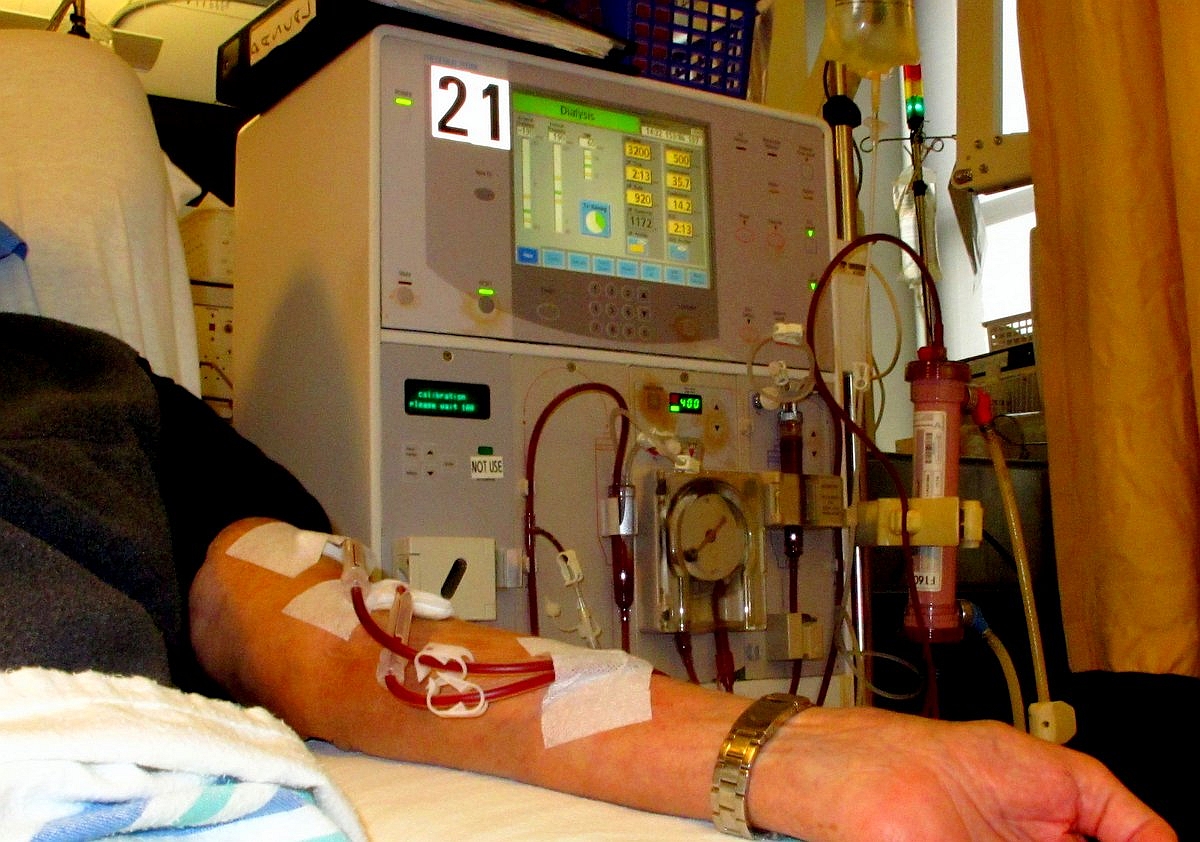I suspect that this might be my last blog post on the lockdown, unless (or until) something catastrophic happens to family, friends or myself. Things feel as if they are settling into a new routine. [Postscript: a post about April mostly features my Mum being in hospital.]
We are keeping in touch with family and friends a little-and-often: quantity compensating to some extent for lower quality (I really, really miss hugs). I particularly miss outings with my mum (who has dementia): it's hard to keep an online conversation going for long with someone who has little memory and is persistently singing "Yankee Doodle" or "London Bridge" at the other end, whereas it was relatively easy to chatter about things in the environment on an outing.
 As I noted last week, online Pilates works pretty well. Zumba is more challenging, but also more fun: who says you can't dance badly in your own living room? I haven't found an adequate online or home-based substitute for climbing. We're lucky that there are lots of footpaths and lanes near our home; we're exploring places we've never discovered before within a mile of home. The spring flowers are looking lovely, and bluebells will be out soon.
As I noted last week, online Pilates works pretty well. Zumba is more challenging, but also more fun: who says you can't dance badly in your own living room? I haven't found an adequate online or home-based substitute for climbing. We're lucky that there are lots of footpaths and lanes near our home; we're exploring places we've never discovered before within a mile of home. The spring flowers are looking lovely, and bluebells will be out soon.
With no more university teaching for a while, it's been more meetings than classes. An online PhD viva worked surprisingly well, though I think it was more stressful for everyone than a normal face-to-face one (and that's stressful enough!). I'm learning to schedule gaps between meetings, and also a lunch-break, because these now have to be scheduled. Face-to-face, comfort breaks can be negotiated informally in-the-moment, but that's much harder to do online. Basically, working from home is more intense, particularly when it's back-to-back meetings. And particularly when those meetings involve rethinking all the plans we had for the next several months (no face-to-face interviews, no observational research...).
It still seems very surreal, knowing that the current situation is really challenging and distressing for many while it's actually just a bit weird for us. But it seems like a "new normal", at least for a while.
We are keeping in touch with family and friends a little-and-often: quantity compensating to some extent for lower quality (I really, really miss hugs). I particularly miss outings with my mum (who has dementia): it's hard to keep an online conversation going for long with someone who has little memory and is persistently singing "Yankee Doodle" or "London Bridge" at the other end, whereas it was relatively easy to chatter about things in the environment on an outing.
 As I noted last week, online Pilates works pretty well. Zumba is more challenging, but also more fun: who says you can't dance badly in your own living room? I haven't found an adequate online or home-based substitute for climbing. We're lucky that there are lots of footpaths and lanes near our home; we're exploring places we've never discovered before within a mile of home. The spring flowers are looking lovely, and bluebells will be out soon.
As I noted last week, online Pilates works pretty well. Zumba is more challenging, but also more fun: who says you can't dance badly in your own living room? I haven't found an adequate online or home-based substitute for climbing. We're lucky that there are lots of footpaths and lanes near our home; we're exploring places we've never discovered before within a mile of home. The spring flowers are looking lovely, and bluebells will be out soon.With no more university teaching for a while, it's been more meetings than classes. An online PhD viva worked surprisingly well, though I think it was more stressful for everyone than a normal face-to-face one (and that's stressful enough!). I'm learning to schedule gaps between meetings, and also a lunch-break, because these now have to be scheduled. Face-to-face, comfort breaks can be negotiated informally in-the-moment, but that's much harder to do online. Basically, working from home is more intense, particularly when it's back-to-back meetings. And particularly when those meetings involve rethinking all the plans we had for the next several months (no face-to-face interviews, no observational research...).
It still seems very surreal, knowing that the current situation is really challenging and distressing for many while it's actually just a bit weird for us. But it seems like a "new normal", at least for a while.















